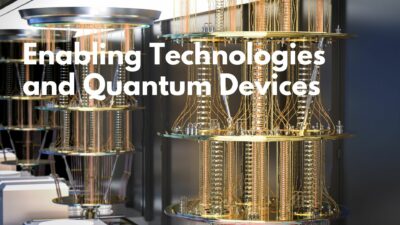This article discusses a research project led by NIST, funded by the Office of Naval Research (ONR), aimed at improving the efficiency of 4 K cryocoolers used in military superconducting electronics. These cryocoolers are essential for enabling all-digital radio communication systems, which require low-temperature superconducting components. However, current cryocoolers are extremely inefficient, requiring about 1 kW of input power to produce only 0.1 W of cooling at 4 K. The main sources of inefficiency are found in the regenerator and pulse tube components, as well as the behavior of the helium working fluid.
To address this, NIST has developed a new software tool called REGEN3.3, which models the performance of regenerators using both 3He and 4He gases. This software includes accurate equations for the transport properties of 3He and has significantly improved the speed of simulations. Using this tool, researchers have identified that switching to 3He and using the right materials could improve the efficiency of 4 K cryocoolers by up to four to five times. The project also includes building an apparatus to measure losses in these components and comparing the results with model predictions. The goal is to develop more compact and efficient cryocoolers suitable for military use.
Source: https://www.nist.gov/programs-projects/low-temperature-regenerator-and-pulse-tube-losses
Keywords: cryocoolers, regenerators, pulse tubes



